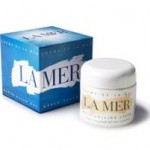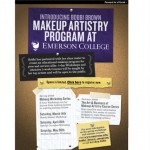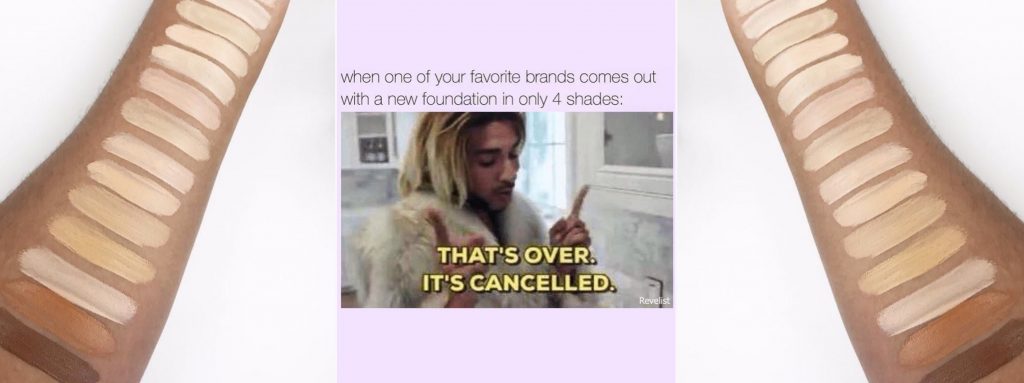
Beauty brands have, with varying success, attempted to cater to the diverse consumer base primarily through larger shade ranges in their foundation, concealer, and other complexion product lines. As someone with a deeper skin tone who doesn’t use any complexion products, there is a glaring gap in the recent push for diversity in beauty: Eyeshadow
Foundation and Concealer
Taking a step back, let’s look at foundation and concealers. A lot has been made of the strides towards greater inclusion in larger foundation and concealer shade ranges, but there have been many bumps along the way.
While most brands these days release foundation or concealer in 30-50 shades, the distribution of those shades is not always uniform. Many brands have given us 25 shades of light to medium tones then 5 dark shades with eyebrow-raising undertones. Part of being truly inclusive is being thoughtful and conducting enough research to understand how to formulate shades for deeper skin tones that will actually be good color matches.
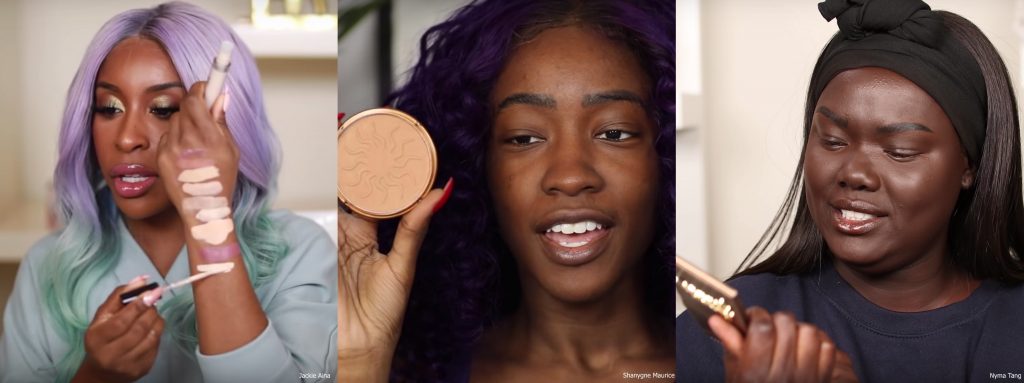
Other Complexion Products
Beauty influencers like Jackie Aina, Shanygne Maurice (also known as TooMuchMouth), and Nyma Tang have made wonderful videos pointing out the lack of diversity across the board in many different types of complexion products that aren’t foundation or concealer.
Jackie recently released a video—called Trying NUDE Makeup…But What IS Nude?!—examining what products companies have decided to call “nude” (spoiler: nude = beige). Shanygne released a video called “Dear Brands, Where Are The Bronzers & Contour??” in which she highlighted the fact that very few brands make bronzer or contour shades deep enough for her. Followers of Nyma Tang have watched for years as she has been forced to use dark eyeshadow to contour because brands don’t make bronzers or contour deep enough for her skin tone.
Overall, on the complexion front, there is much work to be done. In addition to just foundation and concealer, we need bronzers, contour, and setting powders with larger shade ranges.
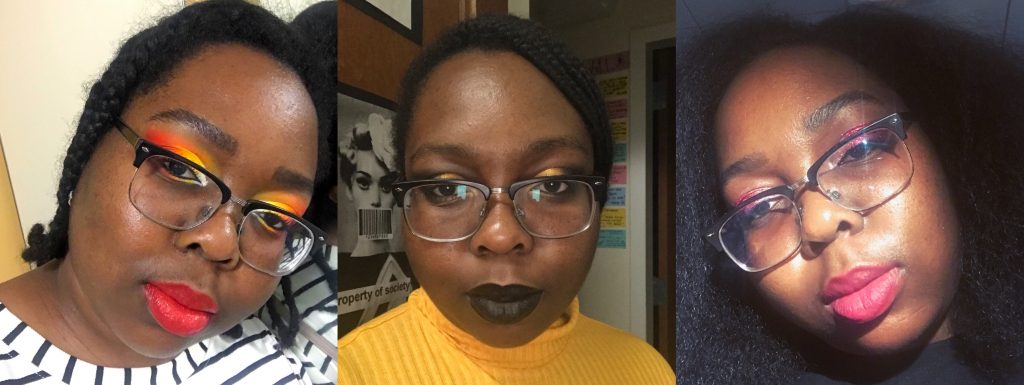
Eyeshadow
To turn diversity from a buzzword into a genuine priority, brands need to consider diversity of skin tones in all of their products, not just complexion products. Eyeshadow is by far my favorite beauty product, but finding eyeshadow palettes for my skin tone can be challenging. I love very colorful makeup, but brands often release eyeshadow that is too sheer to show up on my skin or that is too light and thus looks dusty. Eyeshadow palettes are a whole different ballgame. So many palettes have several beige shades that I can’t use and, at most, one deep brown that often is still lighter than my skin tone.
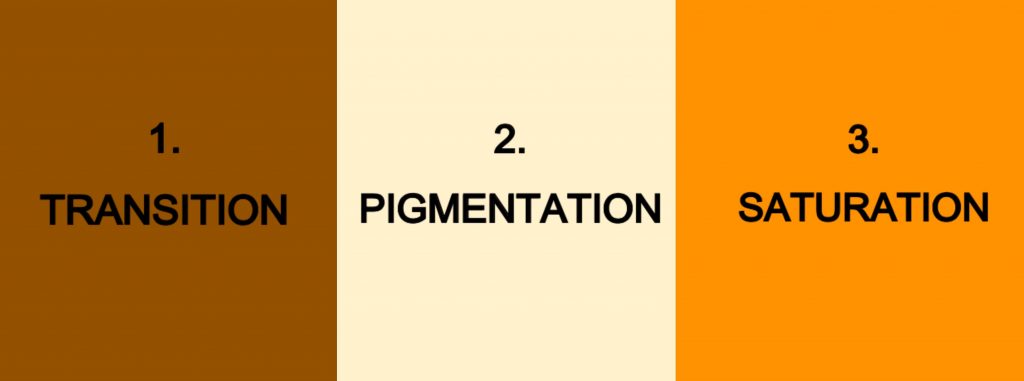
Three Suggestions
To begin to solve the lack of diversity in eyeshadow, I have 3 suggestions:
1. Include a greater range of flesh tone shades in palettes.
When I think about whether I want to buy an eyeshadow palette, I always have to consider whether I want to pay the price of a full palette given the likely fact that I won’t be able to use a number of the shades.
Many palettes come with several “transition shades” or “flesh-toned shades” but these shades tend to be very beige. Influencers often fall into the trap of saying things like “there are no transition shades in this palette” when they don’t see any beiges in a palette, even if there is that solitary dark brown. Something brands and influencers alike need to keep in mind is that for deeper skin tones, transition shades need to be deeper (sounds like common sense, but you’d be surprised).
Bottom Line: To make palettes with nude tones more inclusive, we need an array of nudes.
2. Make eyeshadow colors more pigmented.
“Pigmented” is an over-used word when it comes to eyeshadow, but it’s necessary. The lighter your complexion, the easier it is to get good color payoff from eyeshadow. However, if you have a dark or deep dark complexion, pigmented eyeshadow is a must if you want the color to show up. This doesn’t mean eyeshadows have to have their full color payoff on the first swipe, but the shades should at least be buildable to their full strength on deeper skin tones.
Bottom Line: Pigmentation is non-negotiable.
3. Increase the depth and richness of eyeshadow colors.
In addition to shades with greater pigmentation and color payoff, the inclusion of richer shades would be a great stride in making eyeshadows better suited for darker skin. There have been several times when I’ve seen an eyeshadow palette photo with the saturation turned up and lamented that the actual palette doesn’t look that way in person.
Bottom line: Turn up the saturation a few notches and give us richer shades.
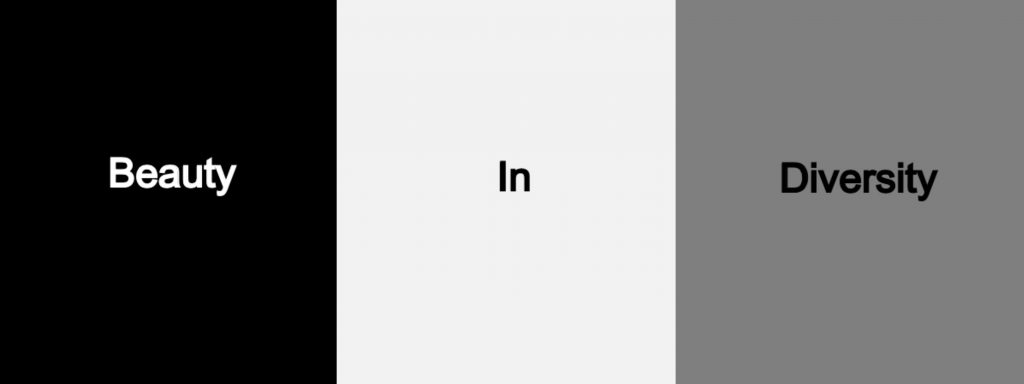
Conclusion
Overall, while there are many voices pushing for beauty to be a more inclusive industry and there have been significant strides, there are several more areas that need improvement. Brands need to work harder to make all of their products useable on a wide range of skin tones.





